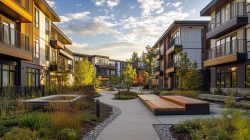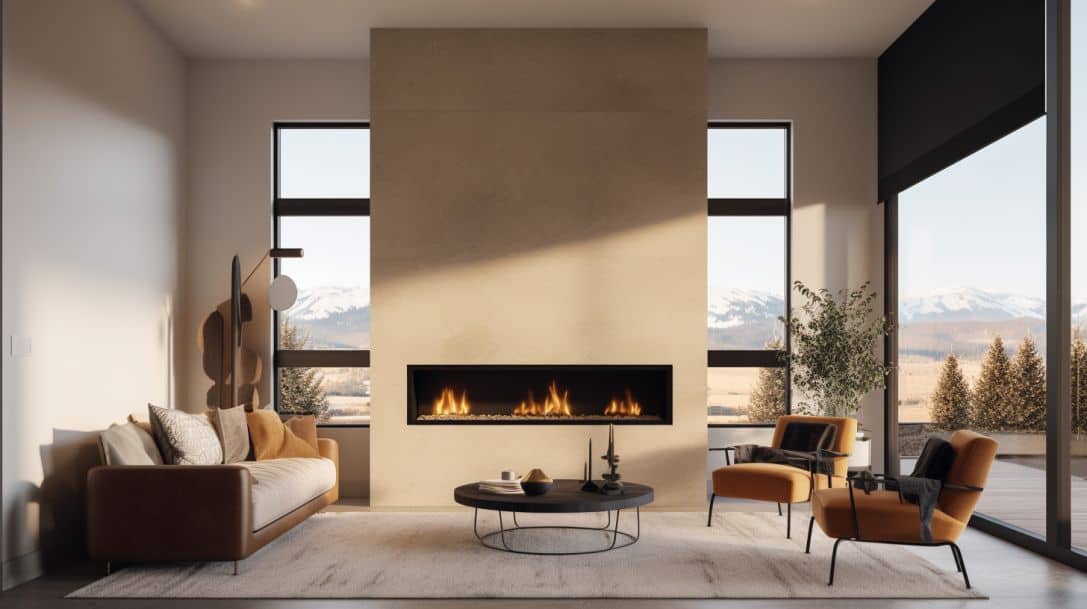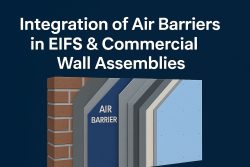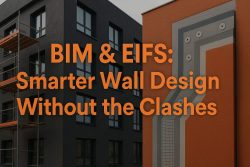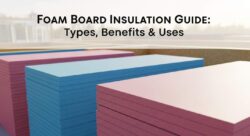Balancing Aesthetics and Function: A Deep Dive into EIFS for Interior Design
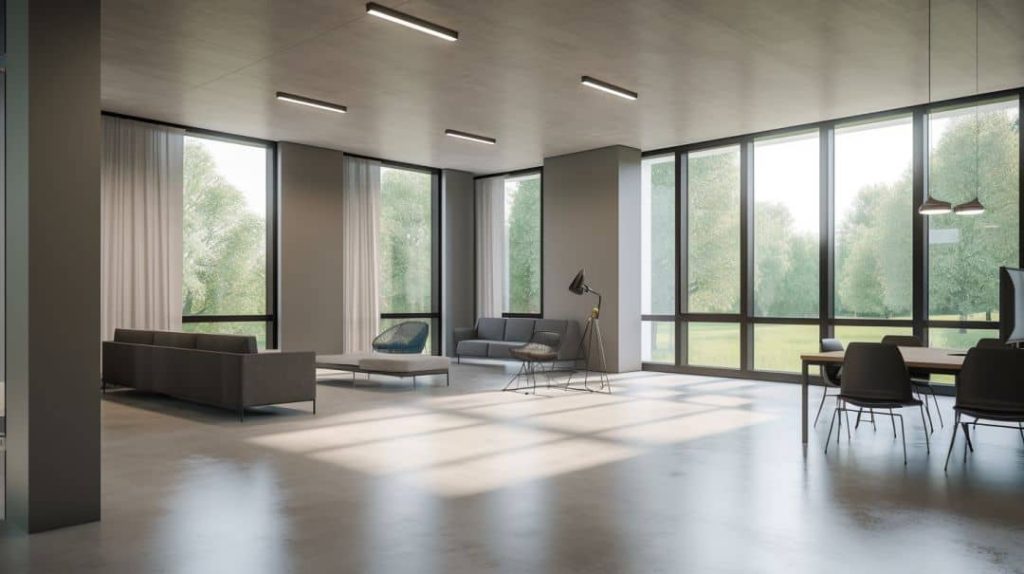
Introduction
Exterior insulation and finish systems (EIFS) have become widely popular and effective for insulating and finishing exterior building walls. With their sleek, streamlined appearance and exceptional thermal insulating properties, EIFS provides an attractive and energy-efficient facade.
While commonly used on building exteriors, EIFS are also an intriguing choice for interior wall and ceiling applications in both residential and commercial spaces. When thoughtfully designed and properly installed and maintained, EIFS interiors offer aesthetically pleasing, durable, and multi-functional surfaces.
However, utilizing these specialized systems on interior spaces also warrants careful consideration of their limitations and vulnerabilities alongside the potential benefits. Rigorous design, product selection, installation, detailing and maintenance practices specific to the interior environment are vital to achieve positive outcomes.
This comprehensive guide examines key factors involved in successfully leveraging EIFS materials and assemblies for interior settings. We will delve into:
- EIFS composition, components, and installation overview
- Benefits that make EIFS enticing options for interiors
- Limitations and considerations when using interior EIFS
- Common problems and proactive prevention measures
- Best practices for effective interior EIFS specification and implementation
- Interior finish alternatives compared to EIFS
- Criteria for selecting optimal EIFS materials and components
Gain an in-depth understanding of the opportunities and considerations when planning for EIFS use on interior walls and ceilings. Discover how to tap into the advantages of EIFS while avoiding pitfalls through diligent planning, product selection and integration details.
What are EIFS? Overview of Typical Assembly and Components
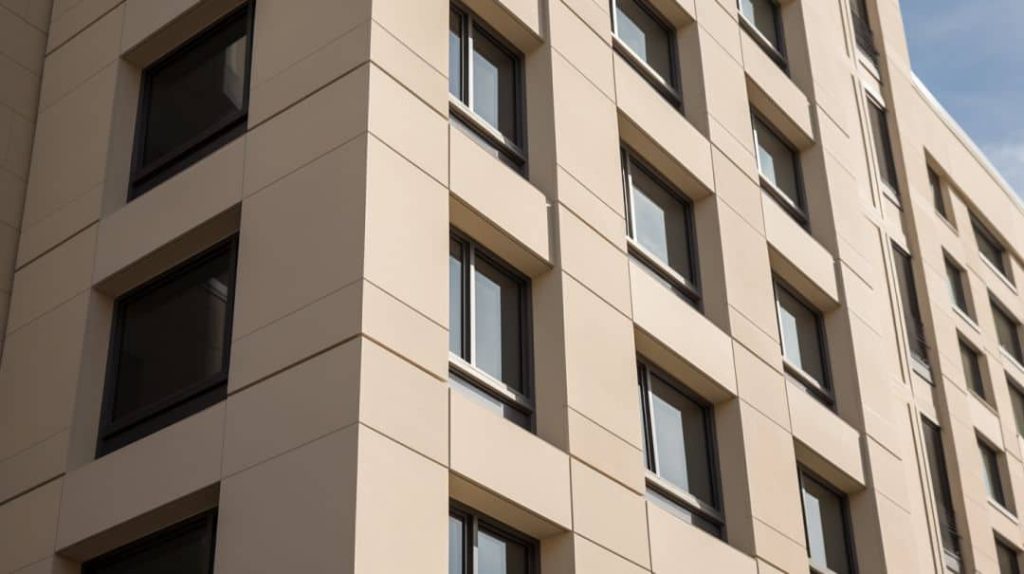
EIFS stands for “exterior insulation and finish system.” It refers to a multi-layered exterior wall assembly consisting of:
Insulation Board – Forms the base layer, typically made from expanded polystyrene (EPS) rigid foam insulation.
Base Coat – Cementitious layer that embeds and adheres to the reinforcing mesh.
Reinforcing Mesh – Alkali-resistant fiberglass mesh for impact resistance and strength.
Finish Coat – Acrylic polymer-based protective decorative outer layer.
Adhesive – Specialty adhesive used to bond system components together.
Sealants – Fill gaps and joints to prevent air and moisture intrusion.
The chart below summarizes a typical EIFS assembly from the interior substrate out:
| Assembly Layer | Purpose | Composition Options |
|---|---|---|
| Substrate | Structural Support | Concrete, frame walls, etc |
| Insulation Board | Thermal Insulation | EPS foam, polyisocyanurate |
| Base Coat | Mesh Adhesion | Cementitious |
| Reinforcing Mesh | Impact Strength | Fiberglass |
| Finish Coat | Aesthetics, Protection | Acrylic polymer-based |
| Adhesive | Bonding | Varies by substrate type |
| Sealants | Water Resistance | Polyurethane, silicone, acrylic |
With exterior applications, supplemental adhesive and/or mechanical fasteners attach the insulation boards securely to the structural substrate. Layers of reinforced base coat and acrylic-based finish coat are then applied atop the insulation.
This integrated system provides continuous insulation and weather resistance in a customizable decorative exterior facade. On building interiors, EIFS use similar materials and principles minus the weatherproofing elements.
Key Benefits of Using EIFS on Interior Surfaces

Let’s examine the core benefits that make EIFS enticing options for finishing interior walls and ceilings versus traditional drywall or plaster:
Continuous Insulation
The insulation board core of EIFS provides consistent, uninterrupted thermal insulation coverage across walls/ceilings. This significantly raises energy efficiency compared to walls insulated only within framing cavities. Continuous insulation coverage also minimizes thermal bridging through framing members.
Aesthetic Options
EIFS allows for smooth, streamlined finishes in countless colors, textures, and patterns beyond what is achievable with paint. Custom faux finishes can replicate real-world surfaces like stone, brick, wood, or other motifs. This freedom lends itself to creating novel aesthetic styles and effects.
Design Flexibility
The moldable insulation boards and thin finish layers readily accommodate curved walls, domed ceilings, and sweeping custom organic shapes – difficult to create with large rigid drywall sheets. EIFS can conceal surface defects and irregularities for perfectly smooth finishes.
Durability and Longevity
Once properly installed, EIFS stands up well to routine wear, minor abrasions, impacts, and general use over decades. EIFS tear strength and dent resistance exceed more delicate finishes. Periodic finish coat renewal helps maintain appearance.
Air Infiltration Resistance
Unlike disjointed drywall and batt insulation, the continuous unified EIFS membrane significantly curtails drafts and air leakage through walls and ceilings. This further enhances energy efficiency.
Noise Dampening Qualities
The composite EIFS assembly absorbs both airborne noise between rooms and impact noise – such as footsteps above ceilings. This can enhance acoustical privacy between interior spaces.
Fire Resistance Options
Some EIFS products are available with integral fire-retardant components to achieve one-, two- or even three-hour fire resistance ratings on wall and ceiling assemblies. This allows EIFS use where fire ratings are mandated.
Lightweight Construction
EIFS adds negligible additional weight versus drywall finishes. EIFS can sometimes be applied over existing surfaces to save demolition costs and waste without adding significant weight.
Low Maintenance
Once installed, EIFS require modest maintenance without continual upkeep common with painted or papered finishes. Their durability, scratch resistance, and integral color finishes reduce maintenance.
Single Source Responsibility
Qualified EIFS contractors offer comprehensive services encompassing design, specification, installation, detailing, and maintenance to deliver high-performing, lasting systems without division of responsibility.
Limitations to Consider for Interior EIFS Applications
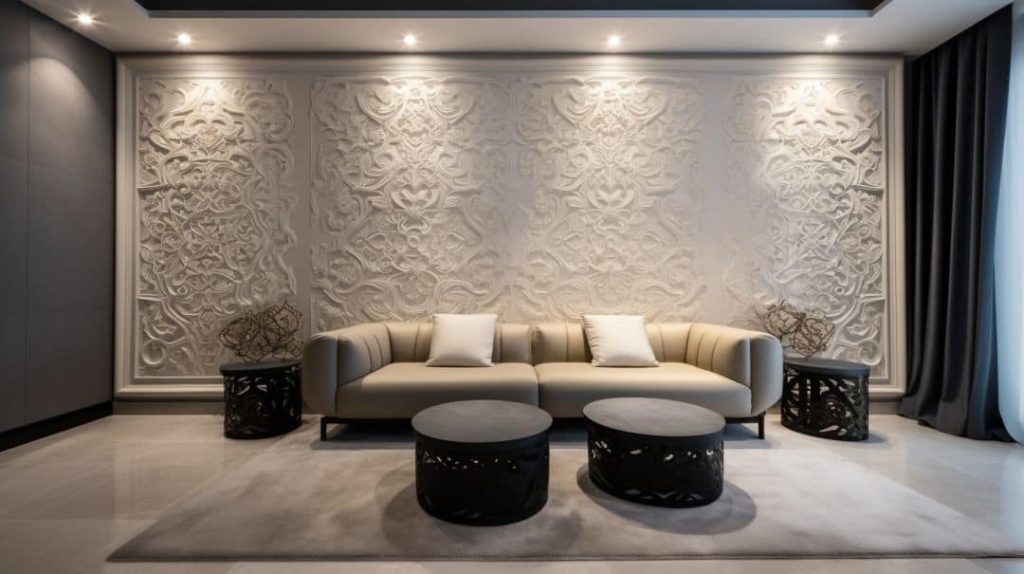
While EIFS certainly offer meaningful benefits, they also come with some inherent limitations that merit consideration:
No Structural Value
EIFS lack any inherent load-bearing capacity beyond their own self-weight. The wall or ceiling substrate must be verified to meet all structural requirements including wind, seismic, and gravity loads.
Moisture Vulnerability
Excess moisture exposure can compromise EIFS adhesive bonds and insulation board rigidity and performance over time. Careful moisture control is imperative for interior EIFS.
Specialized Contractor
Proper EIFS installation and maintenance requires the retention of specialty contractors specifically trained, certified, and highly experienced with EIFS materials, codes, installation, detailing, and maintenance.
Limited Accessibility
As a finish system, EIFS can impede later access behind them to structural reinforcements, electrical, plumbing, HVAC, and fire suppression systems. Strategic access panels may be advisable.
Upfront Cost Considerations
The material and installation costs of EIFS will generally exceed simple drywall finishing and painting. However, lifetime maintenance costs may be reduced.
Code Compliance Limitations
Interior EIFS must comply with applicable fire resistance, smoke development, and flame spread requirements dictated by building codes and occupancy. Not all EIFS products comply in all situations without additional layers.
Common EIFS Problems and Prevention Strategies
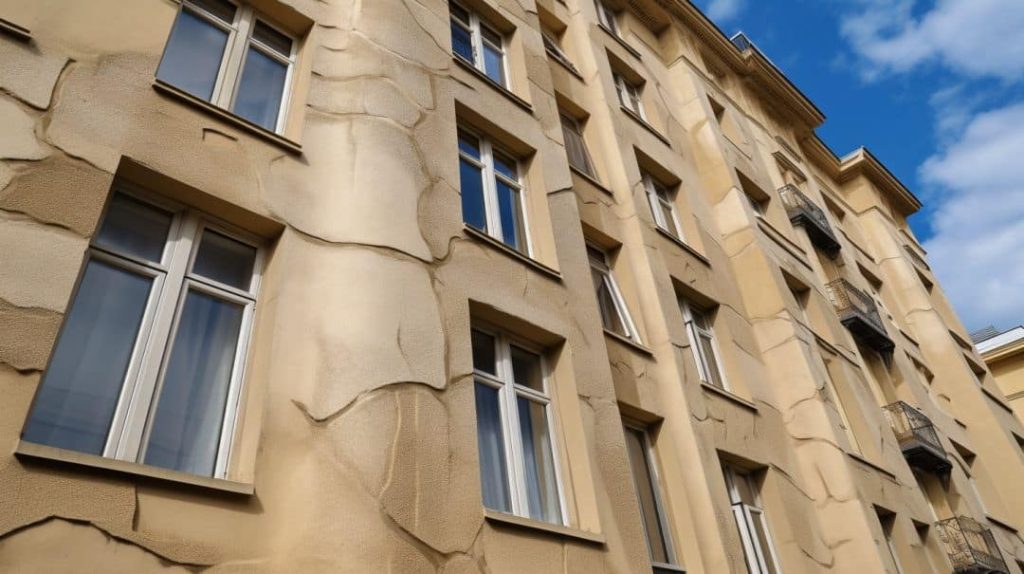
Despite best efforts, problems can arise with interior EIFS finishes. Knowledge of likely vulnerabilities facilitates prevention:
Deteriorated Sealant Joints
Perimeter joints eventually fail, allowing air infiltration and potential moisture intrusion. Regular inspections and resealing are required.
Window Integration Errors
Improper window installation or flashing can cause water damage to EIFS and the wall structure. Careful waterproofing details are essential.
Cracking of Base Coat
Cracks form from building movements or damage. Water entering cracks can degrade the insulation. Proper expansion joints and prompt repairs are key.
Insulation Disbonding
Bond failure between insulation and substrate leads to delamination. Identifying and remedying the root cause is necessary.
Finish Coat Delamination
The acrylic finish peeling away from the base coat can stem from a cracked base coat, poor adhesion, or incompatible coatings.
Mildew and Mold Formation
Excess indoor moisture can lead to biological growth on finishes and air quality impacts. Maintaining optimum humidity levels is vital.
Best Practices for Successful EIFS Interior Projects
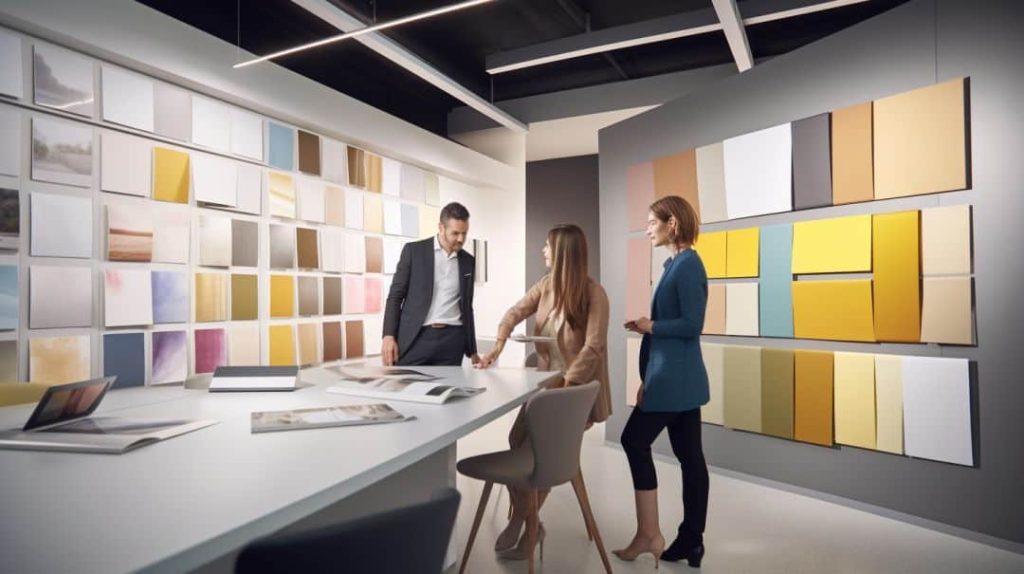
Careful planning, design, product selection and integration can help maximize the performance and longevity of interior EIFS finishes:
Retain an Experienced EIFS Specialist
Seek out EIFS contractors thoroughly trained, certified, and seasoned in EIFS materials, building codes, installation methodology, detailing nuances, and maintenance for interior environments. Verify qualifications.
Ensure Structural Integrity
Involve structural engineers to validate the underlying structure meets all seismic, wind shear, gravity, and live/dead load capacity needs without any dependence upon EIFS for structural function.
Manage Moisture Proactively
Identify and mitigate any interior moisture sources. Analyze dew point conditions and specify vapor retarders appropriately. Verify the HVAC system’s dehumidification and ventilation efficacy. Select interior-rated EIFS products.
Account for Accessibility
Consider likely needs to access utilities, wiring, plumbing, and infrastructure behind EIFS in the future. Strategically locate removable access panels.
Engineer Expansion Joints
Incorporate appropriate horizontal and vertical expansion joints at intervals to accommodate expected structural movements and displacements without cracking.
Confirm Fire Resistance Compliance
Verify that EIFS materials and integrated assemblies meet governing fire resistance ratings, flame spread, smoke development and other safety mandates.
Perform Thorough Inspections
Conduct methodical inspections looking for any sealant failures, moisture issues, cracks, delamination, or other damage. Repair promptly to prevent compounding problems.
Implement Maintenance Program
Maintain a reasonable schedule for sealant replacement, repairs, finish coat touch-ups, and response to any water intrusions to preserve EIFS integrity and aesthetics.
Interior Finish Alternatives Compared to EIFS
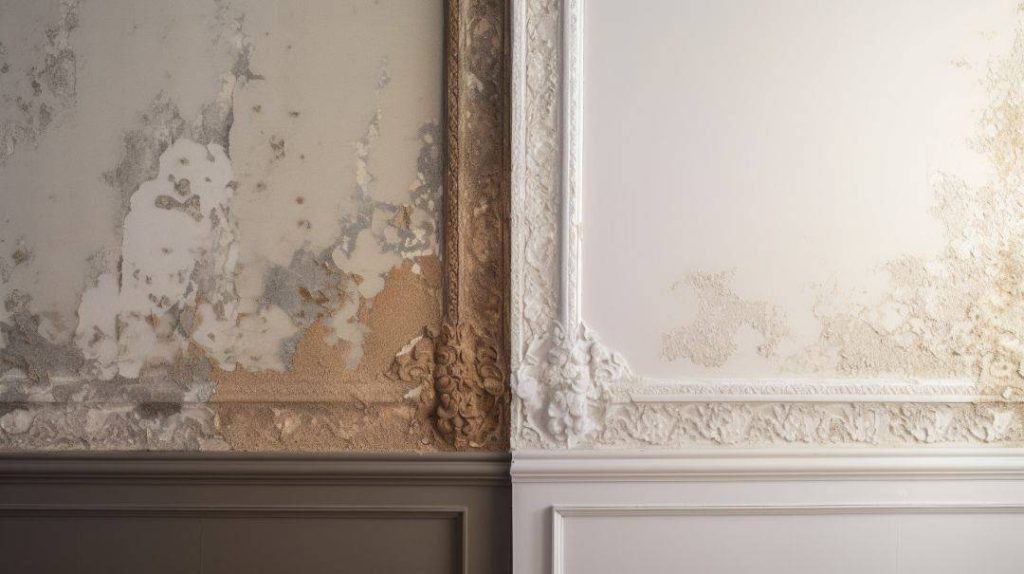
While EIFS can be advantageous, numerous other interior finish options also deserve consideration:
Drywall
- Most common and economical option but less durable than EIFS. Limited insulation value. Challenging to create complex organic shapes.
Conventional Plaster
- Can attain a similar aesthetic as EIFS but demands greater specialized skills. The multi-layer process is very labor intensive.
Ceramic Tile
- Extremely durable, water-resistant and easily cleaned but prone to cracking and complicated adjustments. Heavy. No insulation value.
Wood Paneling
- Provides natural visual warmth and an eco-friendly aesthetic. Concerns exist with moisture damage, acoustics, VOC off-gassing, and weight.
Wallpaper
- Innumerable patterns and textures are available. Poor tear resistance and moisture vulnerability are downsides. Difficult to repair or replace sections.
Paints/Coatings
- Broad range of sheens, colors and effects is attainable but requires frequent repainting for upkeep and substrate protection. Less durable than EIFS.
Criteria for Thoughtful EIFS Material and Product Selection
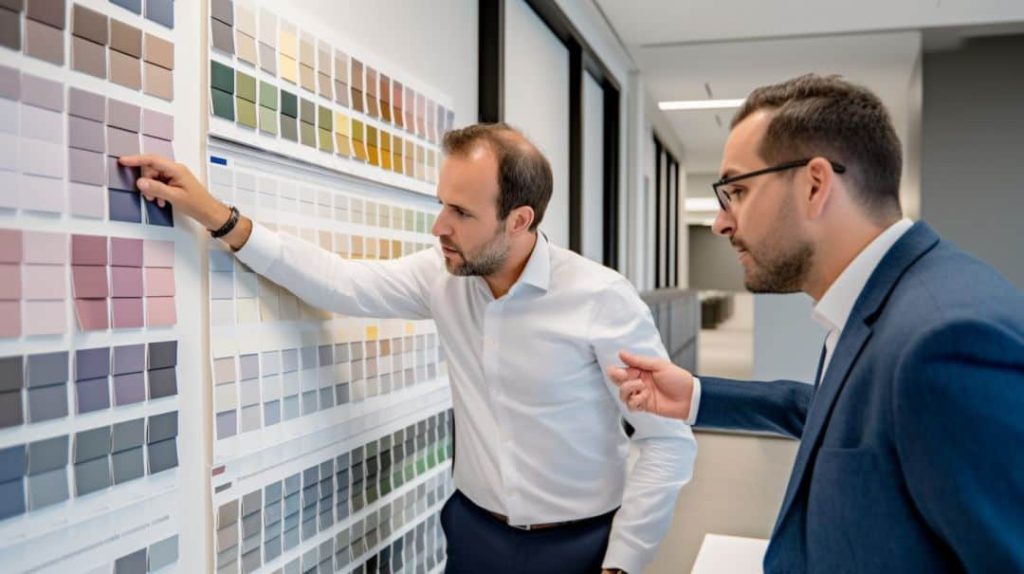
Several factors deserve close consideration when selecting EIFS materials and components:
Fire Resistance Properties
Verify that the EIFS materials and assemblies under consideration meet the fire resistance ratings, flame and smoke indexes mandated for the occupancy type under prevailing building codes.
Moisture Resistance Attributes
Analyze interior humidity and moisture load drivers. Specify EIFS products optimized for interior moisture resistance without supporting mold growth. Avoid exterior-grade products.
Structural Anchoring Needs
Determine expected wind shear loads and other lateral/uplift forces. Specify mechanical fasteners designed to securely attach EIFS without pull-out failures.
Mildew and Mold Resistance
Seek EIFS finish coats and components formulated with biocides and compositions that deter harmful microbial growth. This is especially beneficial for humid interior areas prone to such growth.
Desired Insulating Value
Select insulation board thickness and thermal performance to attain targeted R-values based on climate zone, energy code requirements, efficiency goals, and operating budgets.
Finish Attributes
Assess expected traffic, wear patterns, cleanability needs, lighting conditions, and desired aesthetics. Seek optimal finishes accordingly.
Warranties and Certifications
Verify materials and contractors meet established EIFS quality standards. Require meaningful multi-year warranties on both materials and workmanship.
Sustainability
For green construction, analyze options using recycled/renewable materials with disclosed chemical inventories to minimize environmental and human health impacts.
Conclusion
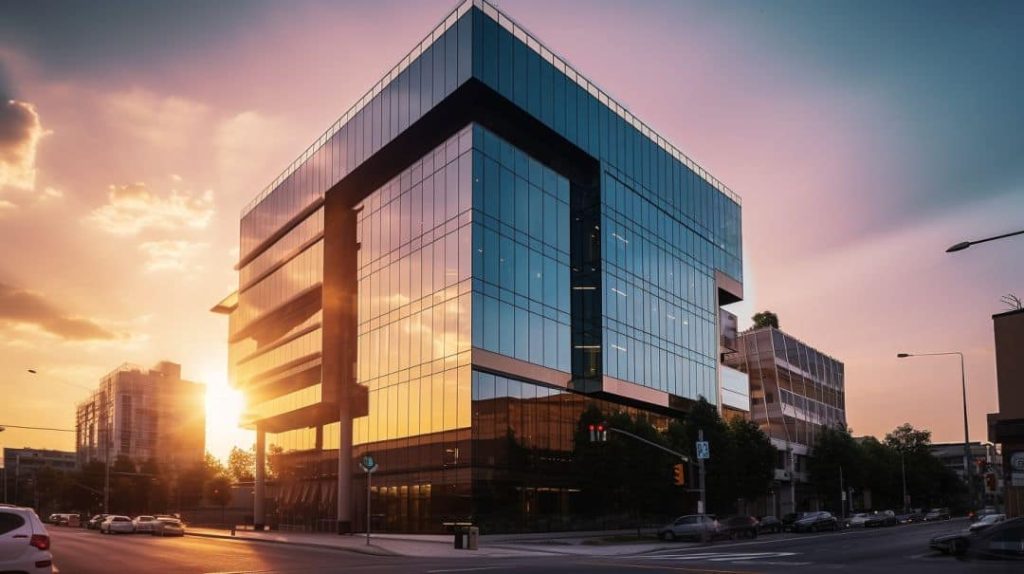
Specifying interior EIFS requires careful weighing of the benefits against limitations and vulnerabilities, coupled with rigorous project execution. With diligent upfront planning, product selection, quality installation, preventative maintenance and by working with experienced EIFS professionals, interior EIFS can yield durable, high-performing, visually appealing wall and ceiling finishes. They offer energy efficiency, sound attenuation, design freedom, long-term value and other advantages when integrated thoughtfully with full awareness of their limitations in contrast to traditional drywall and plaster interior assemblies.
For over 25 years, Indiana Wall Systems has offered specialized EIFS services encompassing inspection, design, installation, maintenance, and restoration for both exterior and interior applications. Our expertise spans commercial, hospitality, multi-family residential, retail, and building owner clientele.
If exploring the use of EIFS for your next interior wall or ceiling project, contact Indiana Wall Systems today for an initial consultation and project assessment. Our experienced team can advise you on best practices and potential benefits for your specific application.
Reach us at (765) 341-6020 or learn more by visiting our contact page to get started maximizing the opportunities of EIFS for your interior space.
FAQs
Is EIFS a good choice for bathroom walls and ceilings?
EIFS can work well in bathrooms provided steps are taken to manage moisture properly. It’s important to select interior-rated products designed to resist humidity and intermittent water exposure. Proper ventilation is also critical. With careful product selection and moisture control, EIFS offers a seamless, easy-to-clean finish.
Can EIFS be installed over existing drywall or plaster walls?
Yes, EIFS can sometimes be installed directly over existing finishes, saving demolition and disposal costs. This is only advisable if the existing walls are structurally sound, smooth, and securely attached. The surface should be prepared with adhesive primers to ensure a good bond.
Do interior EIFS require special maintenance?
EIFS requires periodic inspections, repairs, sealant replacement around joints/openings, finish coat touch-ups, and cleaning to maintain their appearance and performance. An annual maintenance plan should be implemented. Any cracks, damage, or water intrusion should be addressed immediately to prevent bigger issues.
How do I find a qualified EIFS contractor for an interior project?
Seeking contractors thoroughly trained and experienced specifically in interior EIFS applications is advised. Verify they follow best practices and are certified by the EIFS Industry Members Association. Review examples of their past interior EIFS projects. Strong references are ideal.
Can I install EIFS myself or is a professional required?
Professional EIFS installation is strongly recommended. The materials, methods, and detailing involve nuances that DIYers are unlikely to execute properly. Poor installation jeopardizes system performance, whereas seasoned pros achieve optimal results.

